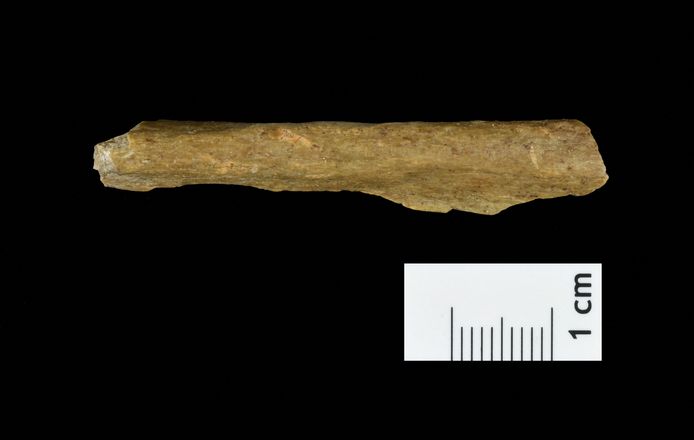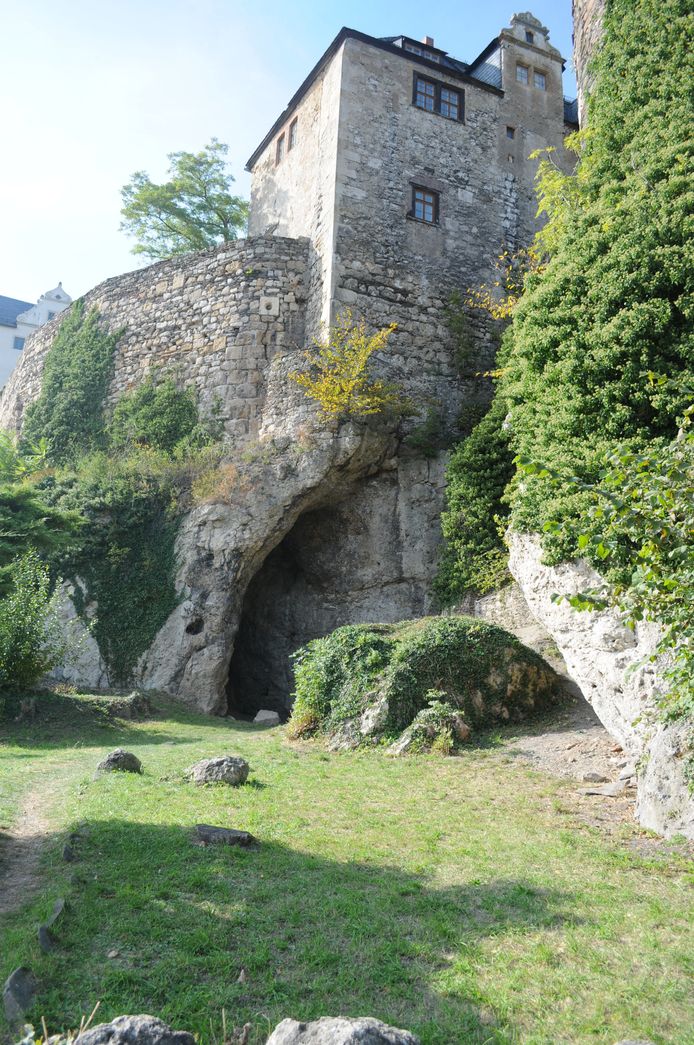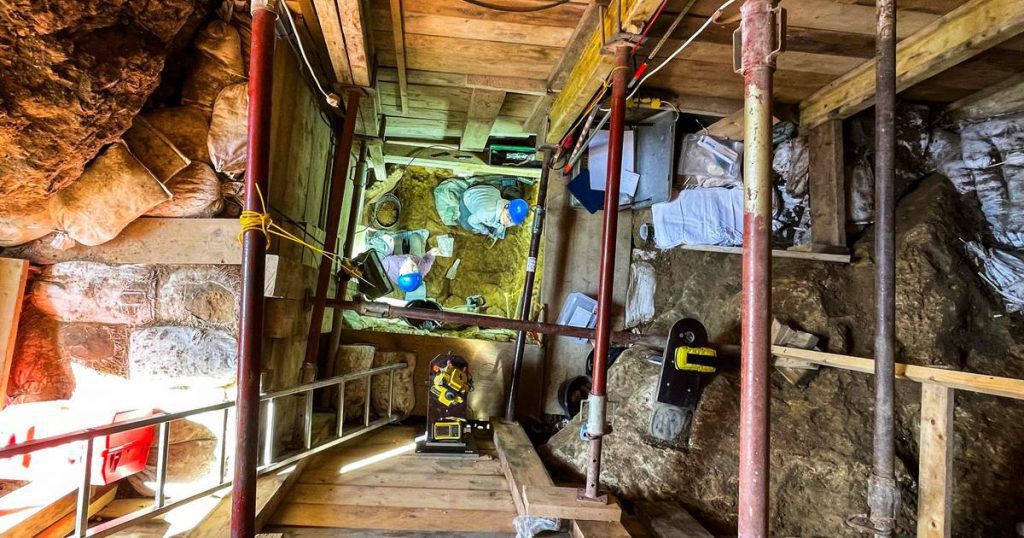Recent excavations at Ranes, Germany, show that Homo sapiens, from which we descend, arrived at the heart of our continent earlier than thought. This also means that modern humans and Neanderthals lived together or next to each other for thousands of years in Europe.
The first modern humans came to Europe from the East between 50,000 and 40,000 years ago. Neanderthals had been there for hundreds of thousands of years, but at the end of that period – 40,000 years ago – they were on the verge of extinction. We know that there were sexual contacts between Neanderthals and Homo sapiens, but how long did they live together – or next to each other – in Europe?
That must have been thousands of years ago. Scientists previously claimed that ancient fossilized baby teeth from Mandarin Cave in the Rhone Valley in southern France indicate that Homo sapiens arrived in Europe 54,000 years ago. That would be much older than Homo sapiens, whose bones were found in the Czech Republic at 45,000 years old and in Bulgaria at 44,000 years old. But the discovery of the tooth in France is still a matter of controversy.
This does not apply to the remains of modern humans found in Else Cave in Ranes, in the German state of Thuringia. Excavations took place there as early as the 1930s. Tools more than 40,000 years old were recovered, but it was not clear whether they belonged to modern humans or Neanderthals.

The oldest modern humans in Europe
For this reason, scientists recently visited the cave again and conducted new excavations between 2016 and 2022, where they found nearly two thousand pieces of bones, which were examined with modern techniques. It turned out that the thirteen pieces of human bones that belonged to six people belonged only to Homo sapiens, not to Neanderthals. This is therefore relevant to the discovery of early modern Europeans, because the six lived at least 47,500 years ago. This is less early than the controversial 54,000-year-old dating based on the French baby's teeth, but several centuries or even millennia earlier than the dating of the remains in the Czech Republic and Bulgaria.
The fact that Homo sapiens moved into the heart of Europe 45,000 years ago also means that they braved the extreme cold. Flemish archaeologist Karin Robbins explained to EOS that the temperature at that time was 7 to 8 degrees colder in the Ranes area than it is now. “And in the thousands of years that followed, it got several degrees colder,” she says. While researchers have always assumed that the spread of Homo sapiens across central and perhaps also northwestern Europe occurred “during a more temperate Ice Age climate.” Therefore modern humans may have arrived in our area very early. Compare this with late Neanderthal sites in the south of our country and it is very likely that Homo sapiens and Neanderthals also lived together or next to each other here for a long time.
However, it is unlikely that the modern Ranae people were among our ancestors. The first wave of Homo sapiens became extinct more than 40 thousand years ago. We are most likely descended from a new wave of modern humans from a later period.
The research on the fossils in Ranis has been published in three different papers in the journal Nature.

Read also.
Modern humans may have arrived in Europe much earlier than thought: 'This is rewriting our history books'
Free unlimited access to Showbytes? Which can!
Log in or create an account and never miss a thing from the stars.

“Lifelong entrepreneur. Total writer. Internet ninja. Analyst. Friendly music enthusiast.”











More Stories
Monster Jam Showdown Launch Trailer
The European Digital Twin Ocean prototype reveals many possibilities
Instagram now lets you add a song to your account